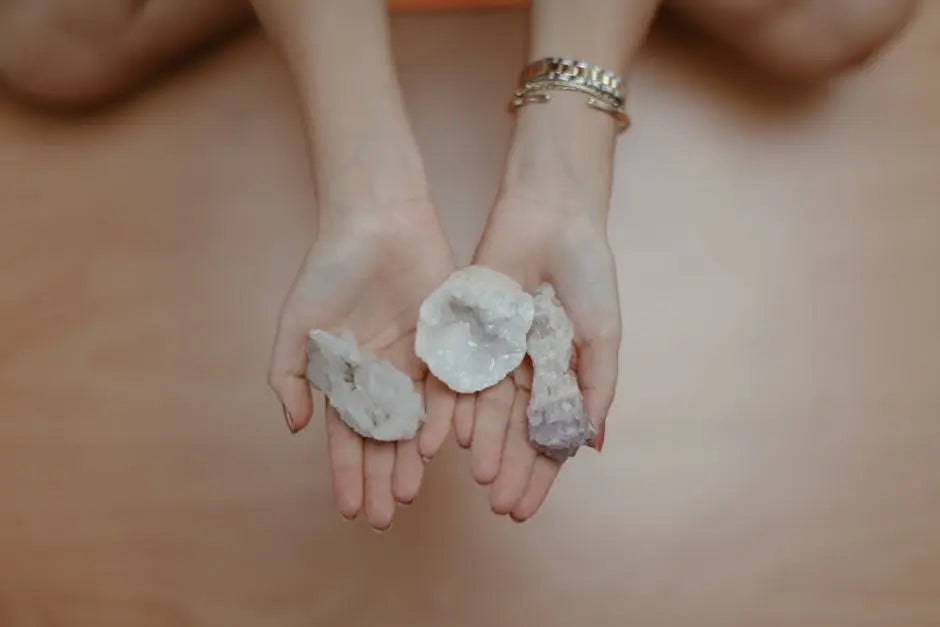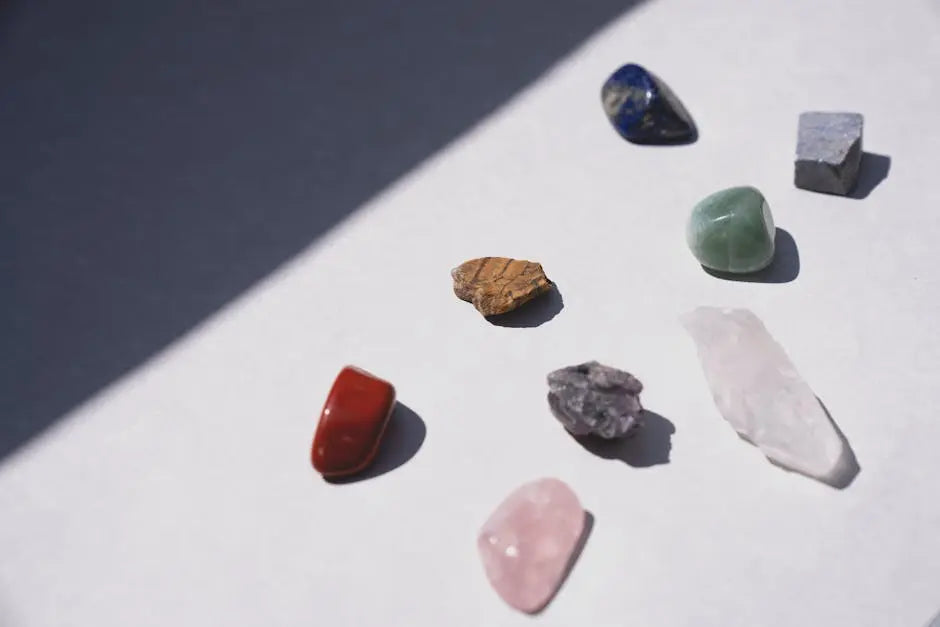Unique crystals can be found in various natural environments, each with its own story of formation and allure. Understanding where these beautiful gems originate enhances our appreciation of their rarity and uniqueness. In this blog, we will explore the different sources of unique crystals and how they are formed, bringing you closer to the fascinating world of geology.
The Geological Origins of Crystals
Crystals are born from the intricate dance of geological processes occurring deep within the Earth’s crust. They form primarily from the cooling and solidification of molten rock, known as magma. As the magma cools, minerals precipitate out and crystallize, creating the unique structures we admire.
This crystal formation process takes thousands to millions of years, making each crystal a piece of ancient history. The specific conditions, such as temperature, pressure, and chemical environment, play significant roles in the crystal’s final shape and composition. Thus, understanding these geological factors is essential for comprehending the origins of unique crystals.
Another fascinating aspect of geological crystal formation is the influence of surrounding minerals. When certain elements are present, they can bond in distinctive ways, leading to extraordinary crystal structures and patterns. For instance, the presence of quartz can produce spectacular amethyst formations, showcasing the breathtaking variety of nature’s craftsmanship.
Natural Environments for Crystal Formation
Unique crystals can be discovered in a variety of natural environments, each contributing to distinctive formations. Volcanic regions often yield beautiful crystals due to the rapid cooling of magma, which allows for the formation of distinctive shapes. Additionally, sedimentary environments, like riverbeds and ocean floors, can foster the growth of crystals over time.
Areas rich in minerals are particularly fertile grounds for crystal formation. For example, the dry deserts of Arizona are famous for their captivating selenite crystals, while hot springs, like those in Iceland, can produce exquisite calcite formations. Each setting gives rise to unique characteristics, adding to the allure of the crystals found within them.
It’s not just limited to natural formations; human activities also play a role. Mining efforts expose buried crystals, revealing their splendor to the world. This interaction between natural processes and human exploration has led to the discovery of some of the most noteworthy crystal specimens seen today.
How Unique Conditions Create Unique Crystals
The uniqueness of crystals often arises from the specific conditions under which they form. High pressure and low temperature, for instance, can create incredibly dense and beautifully complex crystal structures. When conditions fluctuate, such as temperature spikes during volcanic activity, the crystals formed may exhibit striking variations in color and clarity.
Take, for example, the formation of diamonds. Created deep within the Earth’s mantle, these precious stones require extreme pressure and temperature. The slow process of carbon crystallizing over millennia results in the formation of these extraordinary gems, making them both unique and valuable.
Additionally, the incorporation of trace elements can lead to mesmerizing variations in color and pattern. For instance, the presence of iron in quartz can give rise to beautiful orange hues, creating stunning natural artworks that capture the imagination of collectors and enthusiasts alike.
The Role of Mineral Composition in Crystal Uniqueness
The mineral composition of a crystal greatly influences its uniqueness. Each mineral has distinct properties that affect how it crystallizes and what it ultimately looks like. For instance, calcite, a common mineral, can form in several crystal shapes depending on the conditions, producing everything from clear crystals to colorful specimens.
Furthermore, combinations of minerals can create entirely new crystal forms. For example, when manganese is present in certain varieties of quartz, it can produce vibrant pink and purple hues, forming what is known as rose quartz or amethyst. These variations highlight how the environment’s chemical makeup produces strikingly different results in crystal formation.
Understanding mineral composition is vital for anyone interested in geology or crystal collecting. The more one learns about the elements involved in the crystallization process, the better they can appreciate the beauty and stories behind unique crystals. Each piece tells a tale of its transformation, influenced by the Earth’s dynamic processes.
Famous Locations for Unique Crystals
Across the globe, there are renowned locations famous for their unique crystals. One such place is Brazil, celebrated for its breathtaking amethyst geodes. The combination of rich volcanic activity and the right mineral environment produces some of the largest and most beautiful geodes on the planet, captivating everyone from collectors to casual admirers.
Another remarkable location is the Himalayan region, known for its rare and striking quartz crystals, some of which exhibit phenomenal optical properties. These crystals have become renowned in the gemstone market for their clarity and unique inclusions, making them highly sought after.
In the United States, Arkansas is synonymous with quartz crystal mining. Here, many enthusiasts flock to dig for their very own pieces of beautiful quartz, simplifying the process of acquiring these stunning stones while fostering a community of passionate mineral seekers.
Conclusion
Exploring where unique crystals come from not only satisfies our curiosity but also deepens our appreciation for their natural beauty. Each crystal carries with it the history of its formation and the environment from which it hails. Whether you’re a collector or just an admirer, understanding these origins makes each piece all the more enchanting.




